Progression Of Celiac Disease
Progression of celiac disease. Recent studies have demonstrated that not necessarily all patients with potential celiac disease will progress up to villous atrophy. The die includes staying away from gluten which is in barley wheat rye and some grains. Many of them remain potential after long-term follow-up and others even stop producing antibodies over time indicating in some cases a reversibility of the process.
During the progression of Celiac disease the villi go from vital strands to flattened and broken. In patients under a GFD a global increase in cortical excitability was observed in one study suggesting a glutamate-mediated functional reorganisation compensating for the progression of the disease Reference Bella Lanza and Cantone 144. Larazotide Acetate by Innovate Biopharmaceuticals is poised to become the first celiac disease drug to reach Phase 3 clinical trials.
Considering that mast cells are at the forefront in the interaction with the environment due to their privileged position within the. Gluten is found in grains like wheat barley and rye. Since its an autoimmune disease that means theres a trigger or environmental reason that creates the inflammation immune dysregulation and subsequent problems.
The progression of coeliac disease. CD is a T cell-mediated tissue-specific autoimmune disease which affects genetically susceptible individuals after dietary exposure to proline- and glutamine-rich proteins contained in certain. Contrary to common belief gluten enteropathy is a systemic disease rather than merely an ailment of the alimentary tract.
They reviewed the results of studies on the role of mast cells in the development and trajectory of celiac disease demonstrating that these cells increase in number as the disease progresses and promote inflammation and the researchers conclude. Provention Bio licensed PRV-015 formerly AMG 714 from Amgen in 2018. Celiac disease can be triggered by a protein called gluten.
Celiac disease is a digestive and autoimmune disorder that can damage your small intestine. Individuals with potential celiac disease have serologic and genetic markers of the disease with little or no damage to the small intestinal mucosa. PRV-015 is an antibody that targets IL-15 a cytokine that has shown to be one of the key factors in the loss of tolerance to food antigens and is believed to be involved in celiac disease refractory celiac disease RCD and other autoimmune conditions.
Celiac disease CD is a chronic systemic autoimmune disorder induced by gluten proteins present in wheat barley and rye. Genetically susceptible persons develop autoimmune injury to the gut skin liver.
The die includes staying away from gluten which is in barley wheat rye and some grains.
Many of them remain potential after long-term follow-up and others even stop producing antibodies over time indicating in some cases a reversibility of the process. Many of them remain potential after long-term follow-up and others even stop producing antibodies over time indicating in some cases a reversibility of the process. Overall the pace of research into celiac disease treatments has speeded up though it is still expected to take at least five years before a drug will be available to patients. Individuals with potential celiac disease have serologic and genetic markers of the disease with little or no damage to the small intestinal mucosa. They reviewed the results of studies on the role of mast cells in the development and trajectory of celiac disease demonstrating that these cells increase in number as the disease progresses and promote inflammation and the researchers conclude. Untreated celiac disease can lead to the development of other autoimmune disorders like Type I diabetes and multiple sclerosis MS and many other conditions including dermatitis herpetiformis an itchy skin rash anemia osteoporosis infertility and miscarriage neurological conditions like epilepsy and migraines short stature heart disease and intestinal cancers. People with celiac disease might experience symptoms like diarrhea bloating gas anemia and growth issues. We performed a prospective study to learn more about disease progression in these people. Recent studies have demonstrated that not necessarily all patients with potential celiac disease will progress up to villous atrophy.
Considering that mast cells are at the forefront in the interaction with the environment due to their privileged position within the. Many of them remain potential after long-term follow-up and others even stop producing antibodies over time indicating in some cases a reversibility of the process. Refractory celiac disease may lead to complications such as malnutrition or a type of cancer called enteropathy-associated T-cell lymphoma. Recent studies have demonstrated that not necessarily all patients with potential celiac disease will progress up to villous atrophy. Provention Bio licensed PRV-015 formerly AMG 714 from Amgen in 2018. The progression of coeliac disease. During the progression of Celiac disease the villi go from vital strands to flattened and broken.






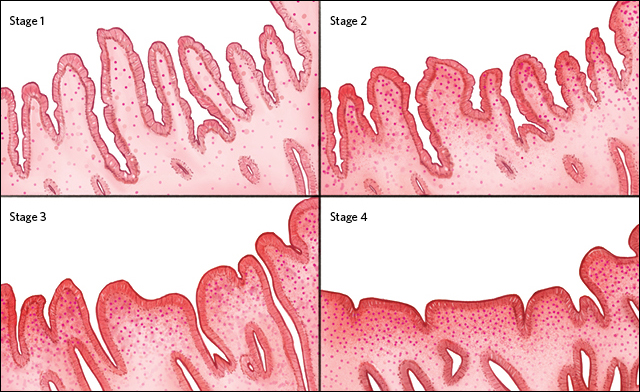

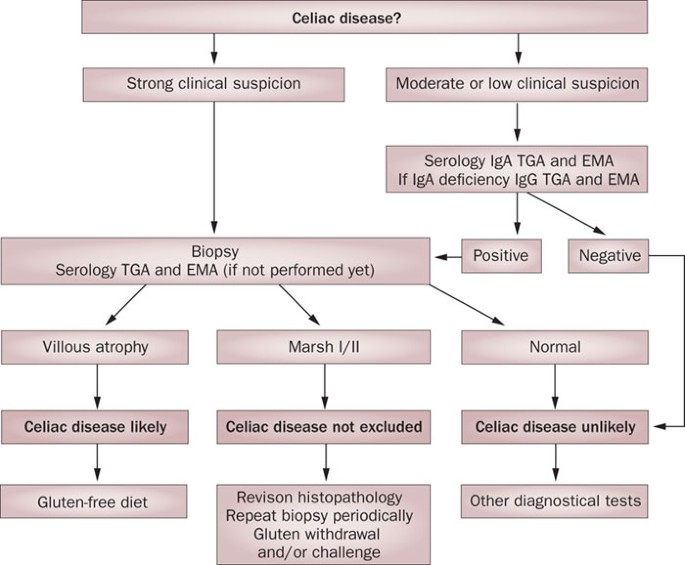


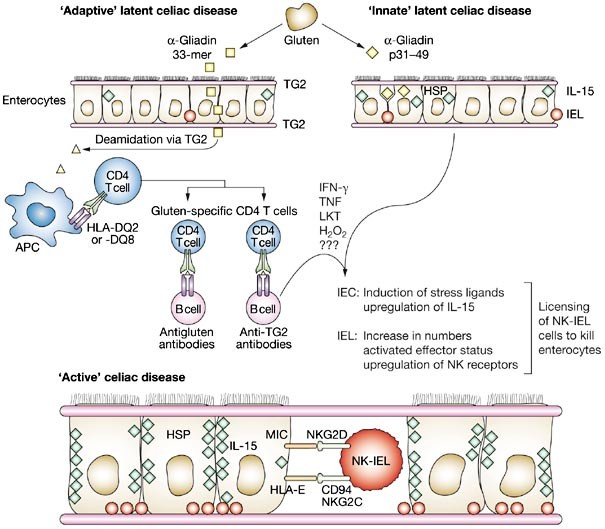


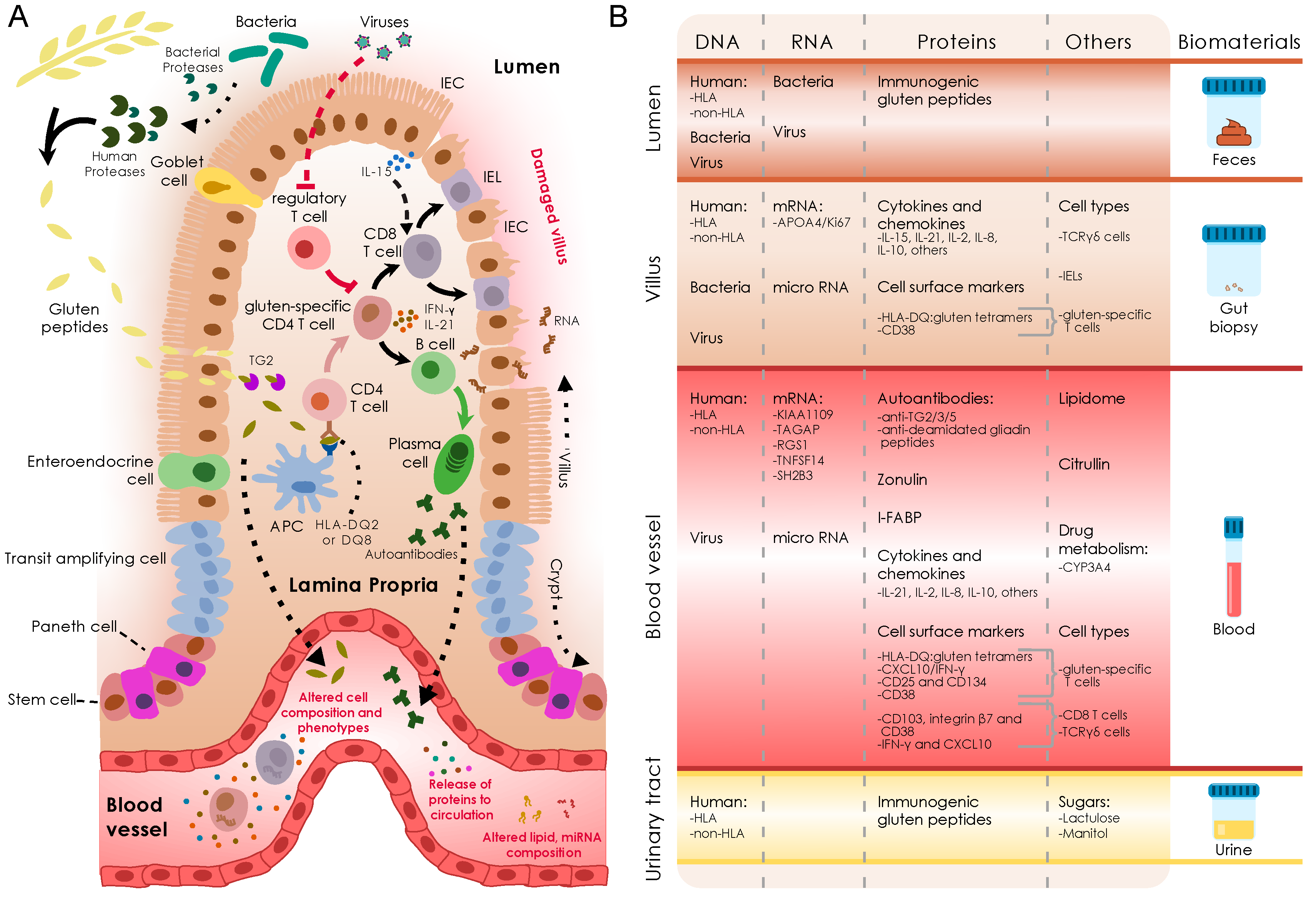


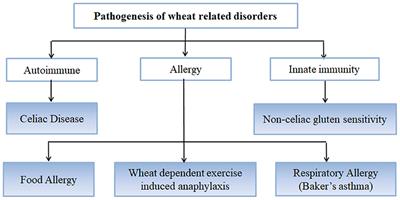




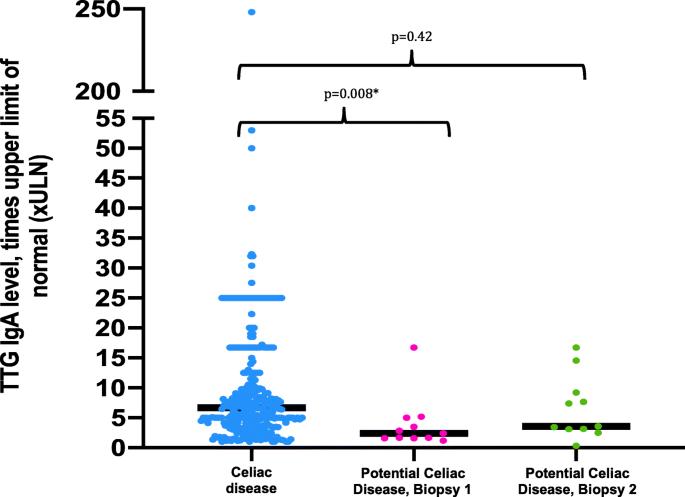

/can-celiac-disease-cause-early-death-562338_final-80546f3131654fb0b535030c7c392145.png)


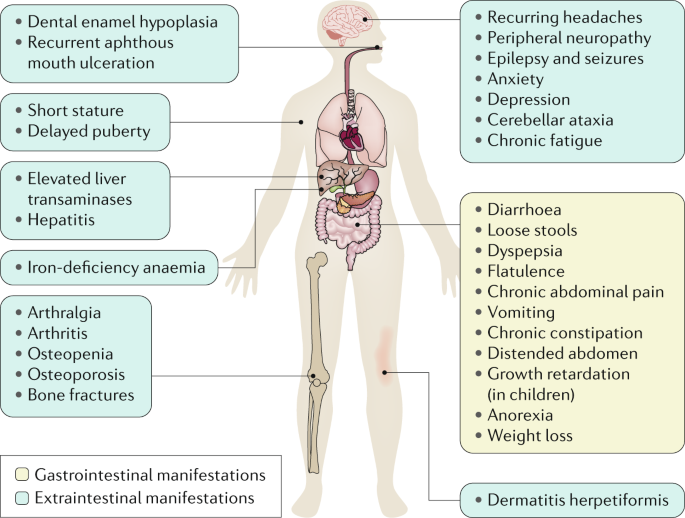




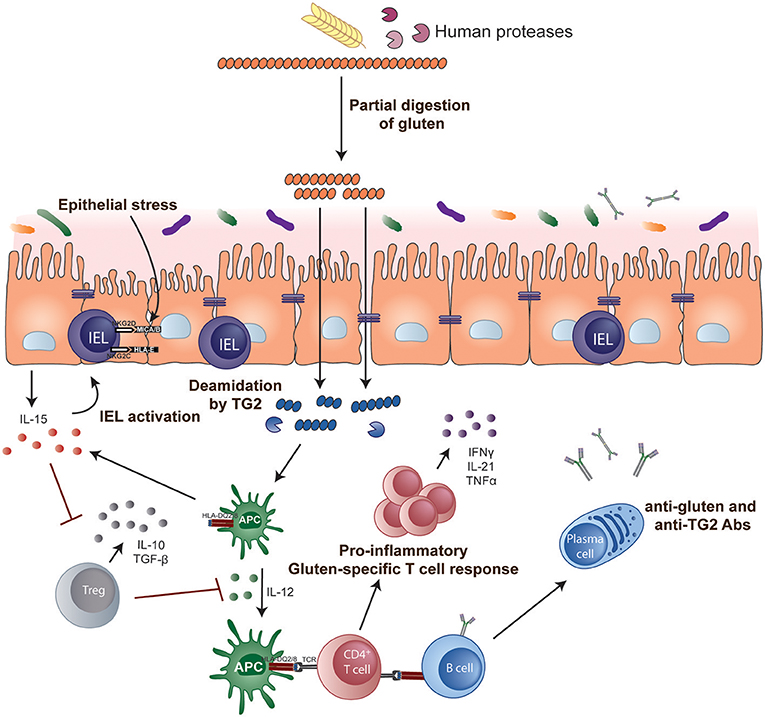


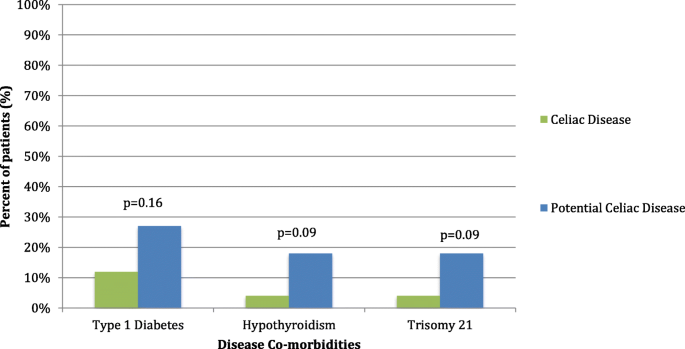










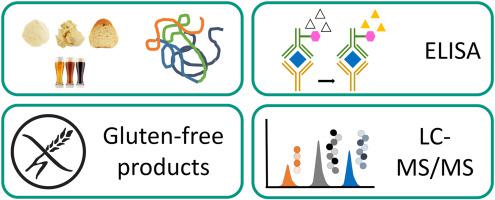
Post a Comment for "Progression Of Celiac Disease"